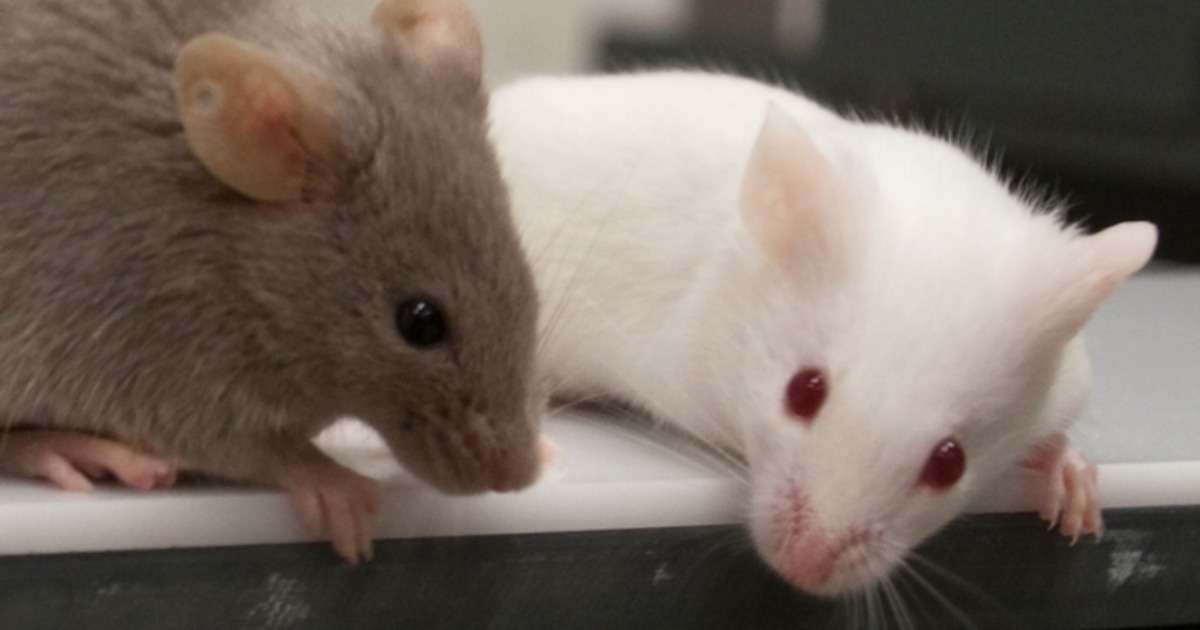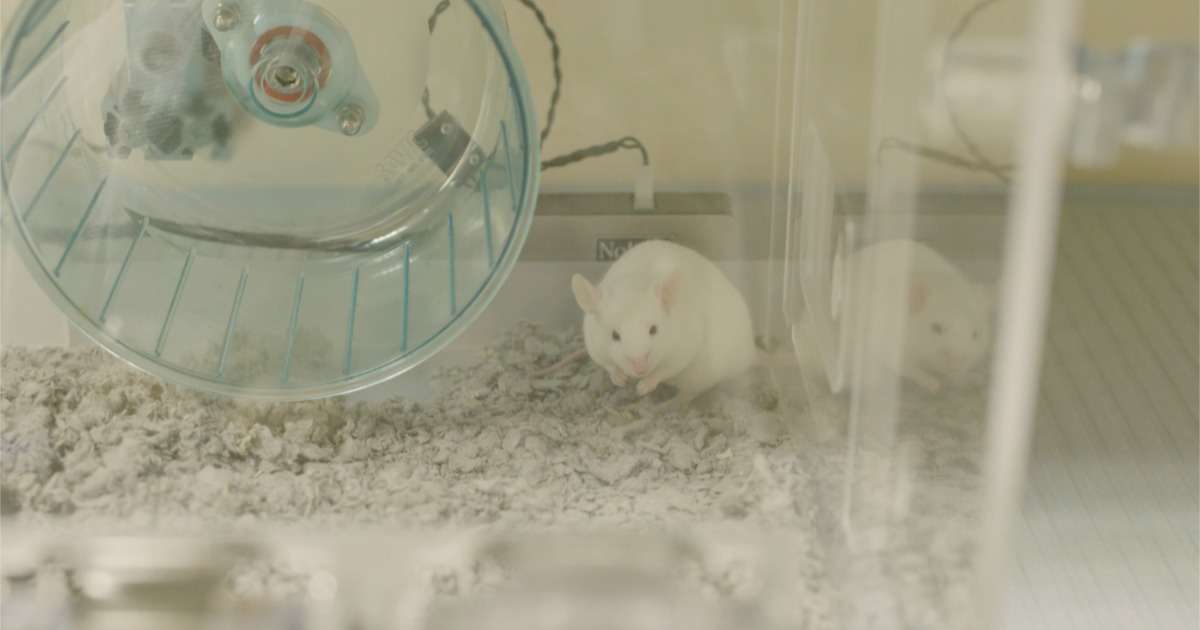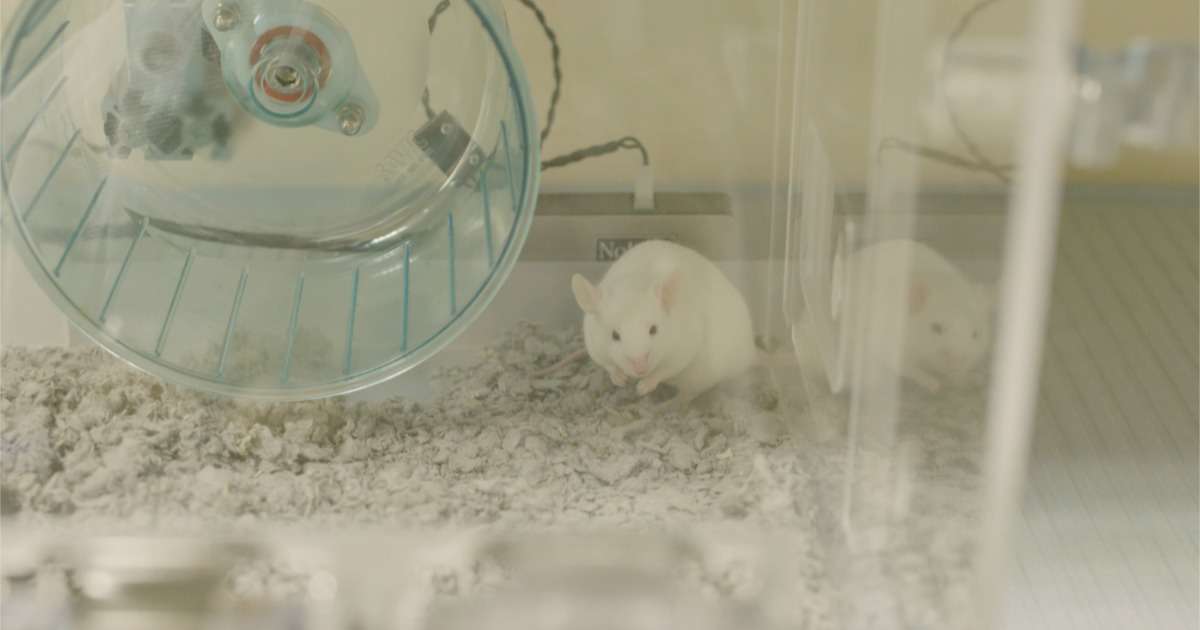
Air pollution and brain development, mouse behavior gives insight
Air pollution can have major detrimental effects on health. But, what happens to brain development if a mouse is only exposed in early life. Researchers from the University of Washington studied just that.

What is the connection between depression and rheumatoid arthritis?
Is depression in patients with rheumatoid arthritis caused only by the pain, or is something else also going on?

Measuring behavior of coral larvae in response to antifouling coatings
What effect do ship hull coatings have on coral viability and restoration? And how can non-toxic alternatives effect mobility behavior in coral larvae?

How to analyze different characteristics of olfaction in rodents
Correct analysis of olfaction is crucial for an accurate interpretation of mouse social behavior. Today's guest article describes how to analyze different characteristics with the olfactory habituation/dishabituation test.

The Hypothalamus is involved in locomotion? Complex dopamine circuitry uncovered
By measuring locomotion and investigating dopaminergic neurons, complex dopamine circuitry is uncovered. How are amphetamine and our biological clock involved in this?

New method for early detection of Alzheimer's disease
The color x-maze can be used to pick up symptoms of Alzheimer's disease in AD-mice months before traditional cognitive tests.

5 Animal blogs not about rats, mice or zebrafish
The scope of measuring behavior goes beyond rats, mice and (zebra)fish. As behavioral experts we love to also highlight research in animals such as mites, elephants, dolphins and shrimps.

Home cage behavior and epilepsy in the Stargazer mutant mouse
Using long-term home cage behavioral research, scientists successfully created a behavioral characterization of Stargazer mutant mouse, a model often used in epilepsy research.
